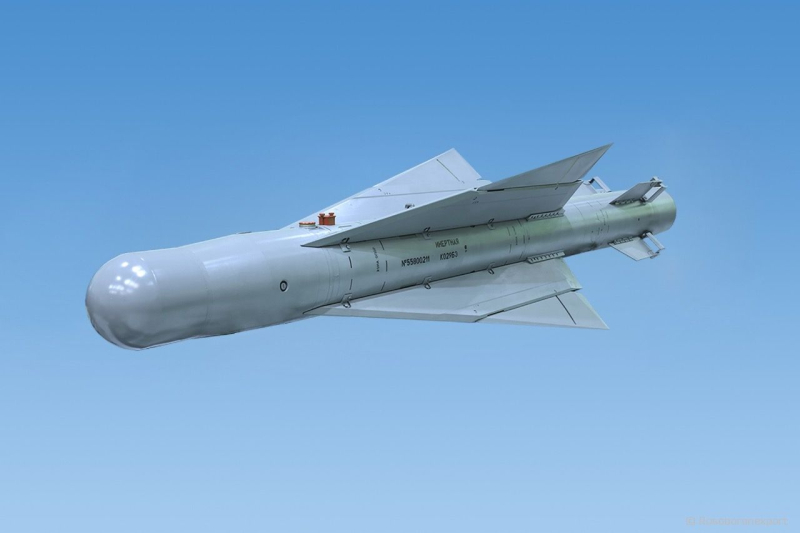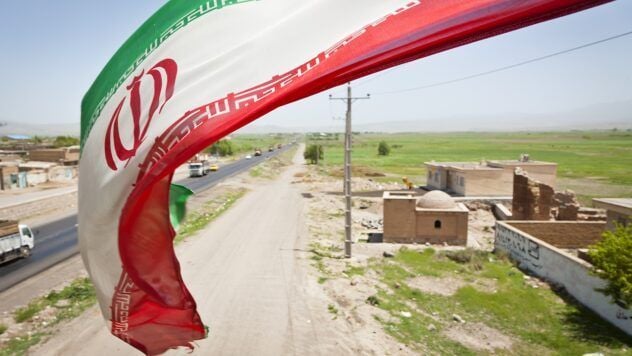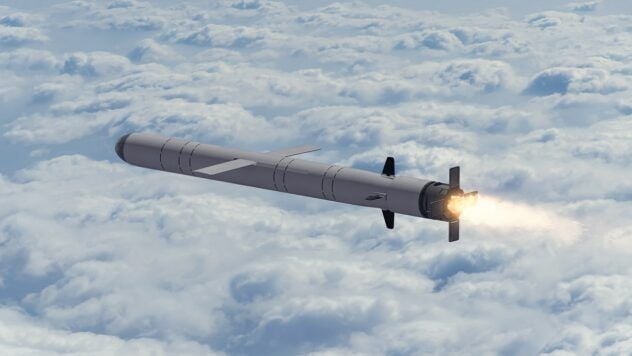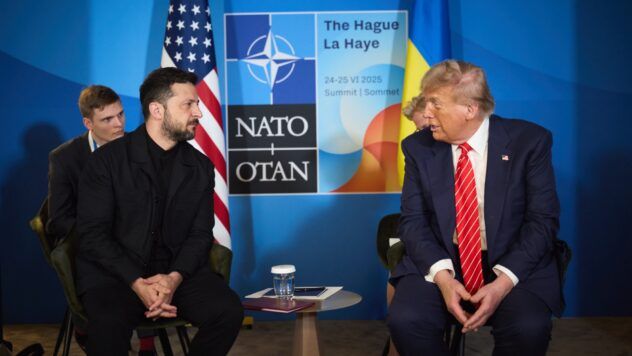news

In Ukraine, an analogue of the Russian unified planning and adjustment module (UMPK) is being developed, which allows turning conventional aerial bombs into guided ones, similar to the Russian KABs.
This was reported by the publication Defence Express.
Ukraine is creating an analogue of the Russian UMPK module
— Ukrainian design bureau Medoid is developing a Ukrainian analogue of the Russian UMPK kit, the so-called KAB. And this kit, which also allows you to turn a regular aerial bomb into a gliding one, is already undergoing tests. The development is currently undergoing tests and in gliding mode the bomb flies a distance of 60 km, — the material says.
The released videos from the testing show how the Ukrainian KAB was dropped from a Su-24 frontline bomber during horizontal flight.
Now watching
This confirms that the bomb already has the ability to glide over a long distance after being dropped.
Engineers are working on a modification that will ensure the destruction of targets at a distance of up to 80 km. Although theoretically, when dropped from a height of 10 kilometers, the munition can reach 100 km, the actual range of use will depend on the chosen combat tactics.
Tactical and technical characteristics of the Ukrainian UAB
Today, the new type of guided aerial bomb is capable of gliding up to 60 km and hitting the target with high accuracy. The developers emphasize that these parameters were agreed upon with representatives of the Armed Forces and the Ministry of Defense.
Work on improvements continues: it is planned to increase the range to 80 km. In combat conditions and dropping from high altitudes, this figure could potentially reach 100 km, but the actual effectiveness will depend on the operational conditions.
Medoid Design Bureau representative Oleg Vostrich said that the development is at the testing stage.
— We are currently at the testing stage. Test drops were carried out from the Su-24 from horizontal flight. They gave a positive result. In particular, in terms of range and the dropping system and planning of the bomb as such. We need to do up to ten more tests, which will undergo an examination at the Ministry of Defense, before they become this product. But for now, the main problem in order to move quickly is money, — Vostrykh noted.
According to him, the design bureau is currently actively seeking financial support for further development of the project, since the cost of one sample module is about $25 thousand.



















